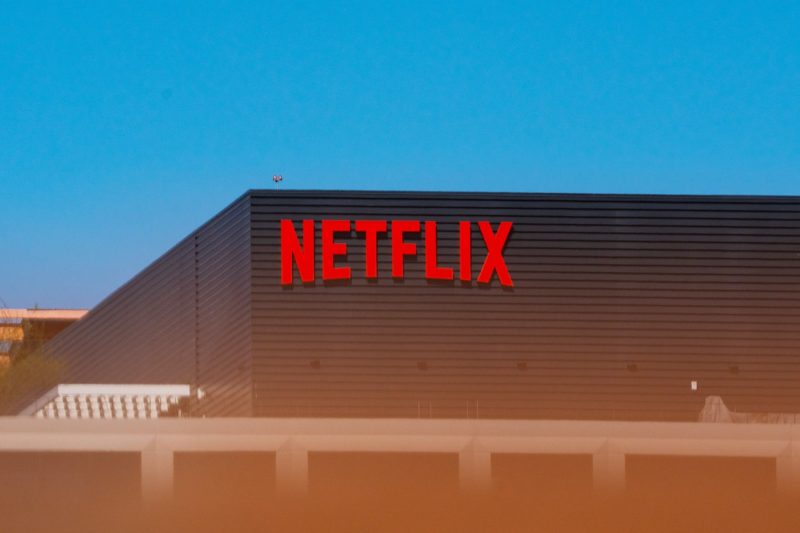The recent report on Netflix introducing an ad-supported tier with approximately 40 million monthly users showcases a significant shift in the streaming platform’s business model and user engagement strategy. This move has seen nearly double the previous count of users opting for this tier, indicating a positive response from viewers seeking a more affordable option with the trade-off of ads.
The concept of introducing ads on a previously ad-free platform like Netflix was met with mixed reactions from both users and industry analysts. While some users appreciate the cost-saving benefits this tier offers, others have expressed concerns about potential interruptions to their viewing experience. However, the substantial growth in the number of users on the ad-supported tier suggests that the value proposition of a lower subscription fee coupled with some ad content resonates with a sizeable portion of Netflix’s audience.
One of the key implications of this shift is the potential for Netflix to generate additional revenue streams through advertising. By offering an ad-supported tier, Netflix can attract a broader audience base that may have previously been hesitant to pay the full subscription price. Additionally, advertisers can leverage the platform’s vast user base to reach their target audiences, making it a win-win situation for both Netflix and advertising partners.
Furthermore, the success of the ad-supported tier highlights the importance of flexibility in subscription models for streaming services. With the rise of competition in the streaming industry, platforms like Netflix must continuously innovate to cater to varying consumer preferences and budget constraints. Offering different tiers with different features, such as ad-supported options, can help streaming services capture a more diverse audience and retain existing users who may be considering canceling their subscriptions.
Moreover, the data on the significant number of users opting for the ad-supported tier could also serve as a valuable insight for other streaming platforms contemplating a similar move. Understanding user behavior and preferences when it comes to pricing and ad content can guide strategic decisions to optimize user acquisition and retention strategies in a competitive market landscape.
In conclusion, Netflix’s introduction of an ad-supported tier with 40 million monthly users illustrates the platform’s adaptability to changing consumer demands and market trends. The positive response from users opting for this tier demonstrates the viability of multiple subscription models within a streaming service and the potential for additional revenue through advertising partnerships. As the streaming industry continues to evolve, offering diverse options tailored to user preferences will be crucial for platforms to stay competitive and relevant in the digital entertainment landscape.
